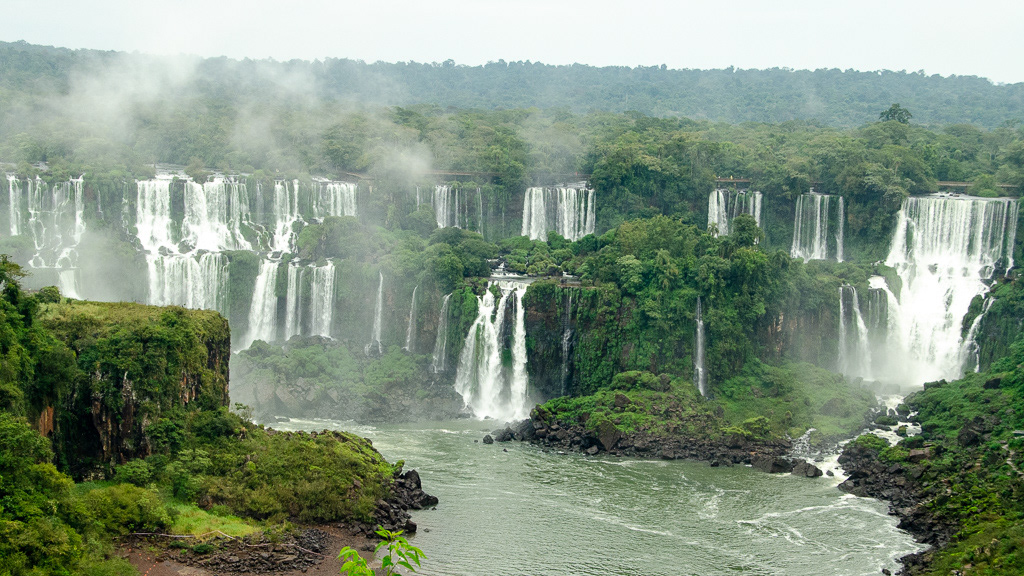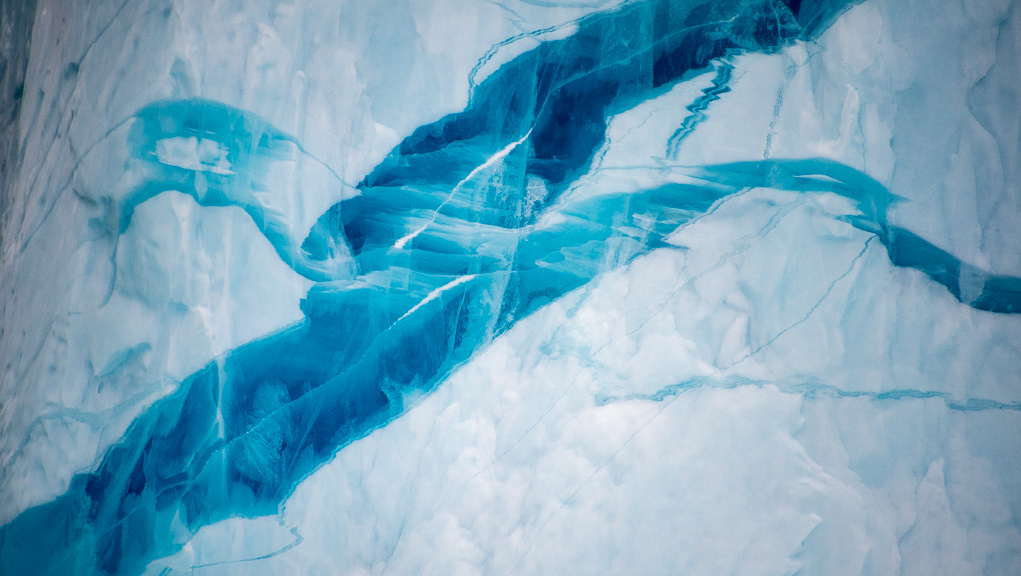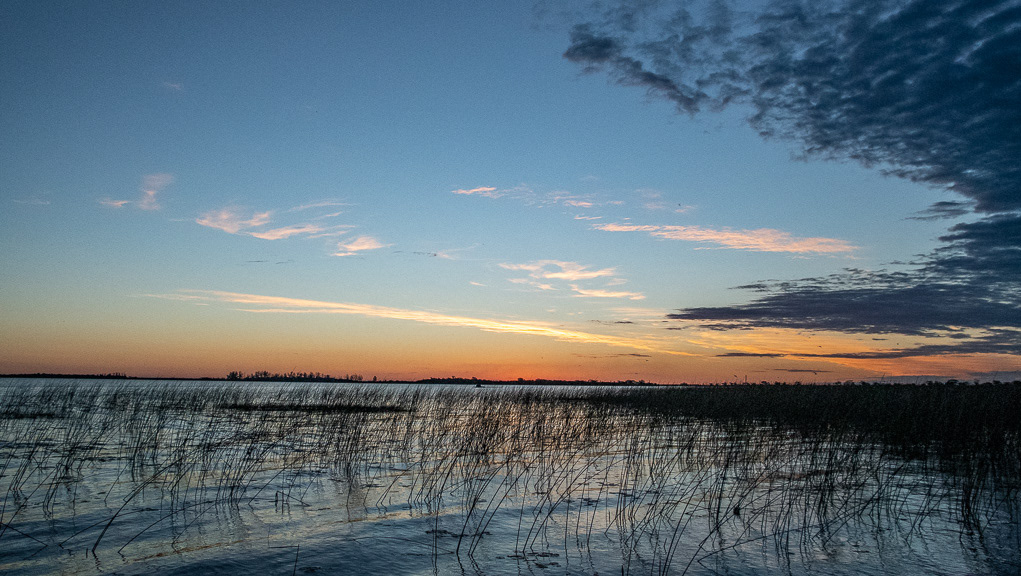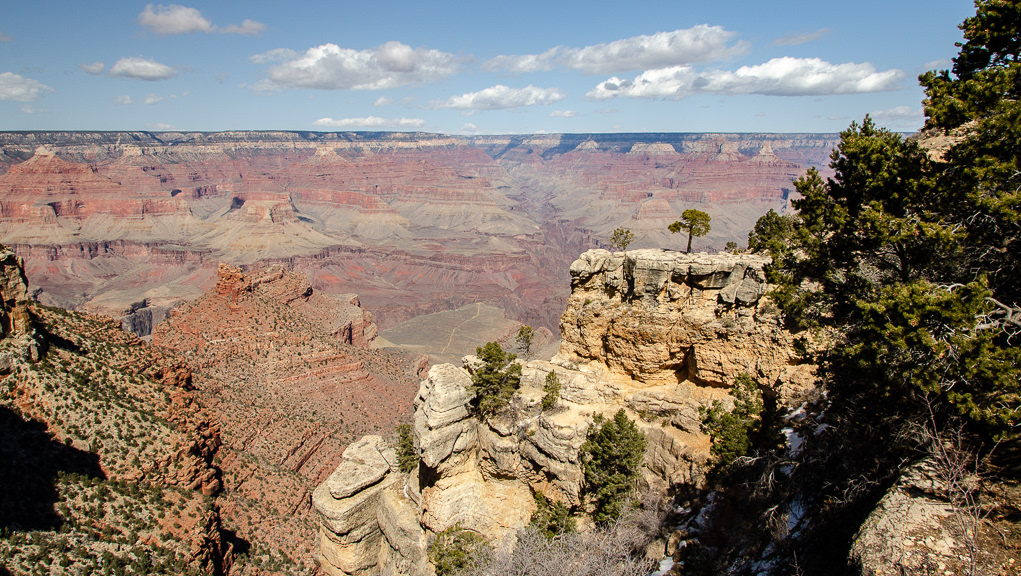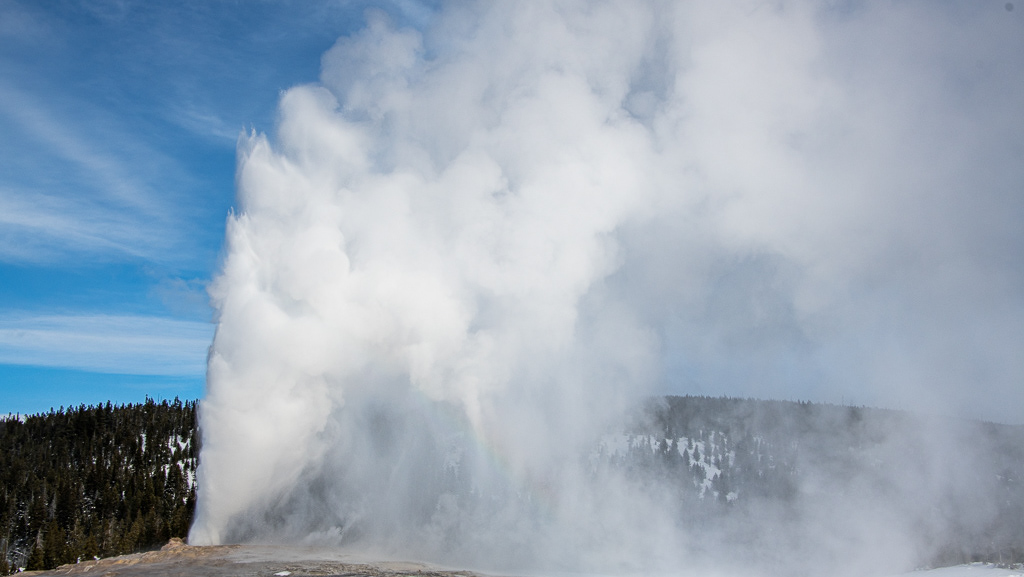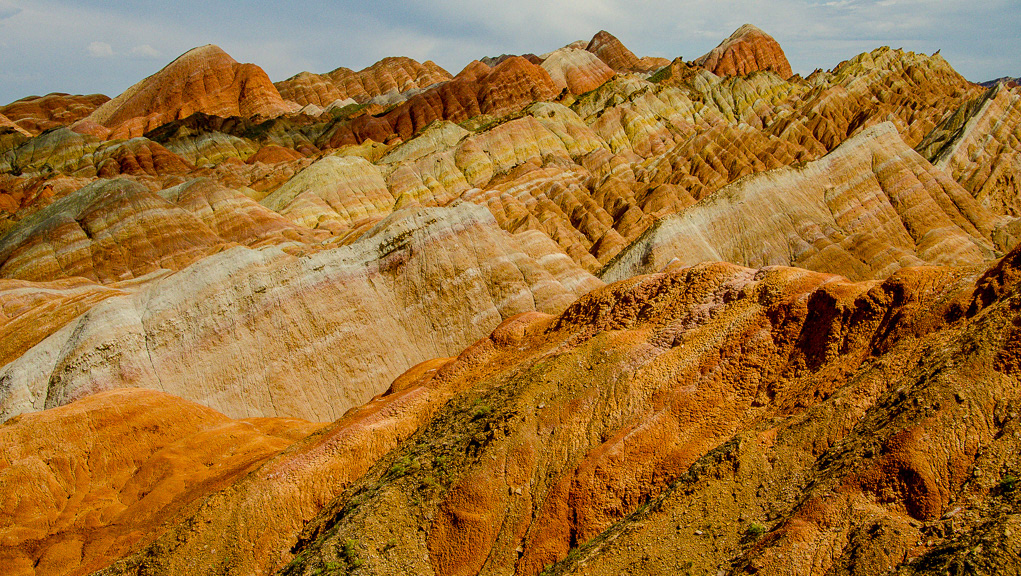This trip started in Marrakesh, crossed the High Atlas towards Ouarzazate (movie industry and many famous movies like "Lawrence of Arabia" were filmed here), then the plateau between the High and the Anti Atlas, the Anti Atlas then a loop in the Western Sahara and back. The part in blue was off-road, and the loop was clockwise.
Climbing the High Atlas
A really twisty road !
Merchants sold along the road a series of beautiful geodes and fossils and in particular a rich assortment of trilobites from “all-broken-tiny-fragments” to beautiful intact ones. I was very tempted to get one but the vendor wanted $250. I bluffed that I could get the same on eBay for $50 (that sounded reasonable to me 😎) and he refused. I passed. In the evening I checked eBay and sure enough it was $55! And I would not have to carry it out cross customs with it.
From Ouarzazate we went to Tinghir, a rich mineralogic region with mines (can't visit!). Along the road adobe villages with palmeraies (actually Palmeraie is a specific palm grove oasis near Marrakesh, but it appears that the French have generalized the word to any Date palm grove.
The Moroccan style square Minaret and the adobe houses
A beautiful ray of light illuminate the old city
The Todra gorge had the potential to be very pretty but an ugly concrete road runs in the middle. (no choice actually since people have to be able to pass!) I went to walk a little bit and as I was taking pictures, I didn't realize that what appeared like a very thin layer of water on the road was actually enough to flood my shoes!! Ouch, my only shoes! Benefit of the desert: everything dries very well here and the next day they were ok.
This couple was contemplating the height of the mountain. Note the Henna decorations on her foot. Henna is one of the local crop. The plant is short (about like red clover size) and after harvesting it is dried in the shade between layers of grass or hay.
The hotel there has beautiful view but was infested with flies 🥺😟. Don’t expect cold water in the tap! All water in the Atlas and Sahara is hot from the tap 🤣. I prefer tap water to avoid single use plastics, but there it was at best lukewarm. Same for the shower: the choices are from hot to scalding!
Near Tamegroute the landscape is a lot more arid. I was marveling at the variety of appearance of the desert and the color variations of the sand, not only due to composition but to light reflection.
A hint of green !
The palmeraie of Tagounite
Stops for visit were definitely not on par with other countries: carpet manufacturers were rather crude compared to Iran and Uzbekistan, pottery much more primitive than in Iran and Turkey, some Aragan oil (all Feminine “coop”) were mostly attractive as they represented a feminine organization (women are much better off in Morocco than in many Muslim countries—Saudi !!). Kasbah or Ksar were similar to those in Algeria.
A herd of dromedary
You are a big fellow to still be nursing !
I love thir facial expressions
Itchy old wool !
The Ksar of Mhamid which is literally the “end of the road”. After that even Mrs. Google Map does not know where to go: no more road, so she can’t give directions. Actually, if you look it up on Google Earth you can see tracks on the desert. That is where we were heading for the next 150-200 km. In Mhamid we stopped to visit the old city. An elderly and friendly guy came to tour us. Like everywhere in these regions houses are built of adobe, either as large (unfired) bricks made of a mixture of clay, sand, water and grass or simply by compacting the same within large molds that define the shape of the wall, very much like what is used for casting concrete nowadays.
This, in this dry environment, last a long time. Part of the village was over 4 centuries old. I had misunderstood that the village was from the “second century CE” but when he showed me a mosque I remarked that Islam didn’t exist at that time! He then corrected me: “16th century” ! Same as in the Medina of Marrakech: narrow street partially covered to let light filter but prevent sun to enter, no straight lines and thick wall with tiny opening as windows. Remarkable that people managed to build that with very simple means but what a hard life.
In most Berber villages, people were not eager to be photographed and that was fine with me; I prefer wildlife and landscape. People we met were nevertheless very friendly, and not constantly asking for money or trying to push “souvenirs” as in Egypt.
A few small kids were occasionally playing. A few young girls came to ask candy and I pantomimed to ask if I could take their pictures but they clearly refused. The little Muslims girls in Ethiopia were not as shy! I did not insist, and the Elder send them away.
I asked the Elder about population exodus and he confirmed that the young people were all leaving the village with just a few coming back for retirement. I felt sad for him to see him watch his village swallowed remotely by civilization. They had a tiny craft store where they sold some baskets and other woven crafts made of palm fibers. I bought a large basket that was not particularly pretty but was just $5 (Thao had bought one 1/2 the size in Botswana for $15 !) and when she returned the change, I asked the Elder to give the change to the little girls we had met. Wise decision because a little later they reappeared and when I offered the left-over candy, I had with me (Chokotoff bought at the airport in Iceland !!) I nearly caused a riot with all the kids asking for one. What a dramatic illustration to the lack of opportunities for these kids... It was very sad. Just like the episode with the girls in Ethiopia asking for pens... so many needs to cover and even as ecotourist so little we do or anticipate about it.
These little girls were hiding their face but still curious: note how they look between their fingers😍 46XX are the same all over the world !
No more road !
The desert is not like we see in the movie with endless dunes. Here as in all the deserts I saw it is mostly long extents of rocky hard pan, hard as concrete clay (that apparently turned into really slippery mud when it rains) and patches of sand.
Acres and acres of polished rocks everywhere. I am so accustomed to associated polished round rocks with water erosion I was forgetting about sandblasting erosion. With sunsetting the shiny rocks all scintillating in the light were very pretty.
Some acacias grow very sparsely one every km or so. How do they pollinate??
A mirage in the distance. This is technically an "inferior mirage" as it is close to the ground and due to bending of the incident light by the warm air. Typically as here the reflected image is inverted, the dark part of the mirage is the lower part of the horizon, while the lighter part of the mirage (lower) is the upper part of the sky. Variations in air temperature (and thus density) cause turbulences in the layers and thus a shimmering effect. Inferior mirage are only only 0.5 degree wide (the width of the sun or the moon)
I have seen few birds and no wildlife at all. No antelope no ibex, not even a squirrel or rabbit!
Dust devils are swirling updraft whirlwind that form from a pocket of air rise through colder air above. This one was constantly changing shape
What a lucky day to have beautiful clouds to enhance the sky texture!
Acres and acres of polished rocks everywhere. I am so accustomed to associated polished round rocks with water erosion I was forgetting about sandblasting erosion.
Near Chegaga. beautiful sand and sky colors
L'oued (river) is dry but some plants with deep roots can still manage
Even large trees !
Note the well on the top left of the image
A nomad woman (Berber) fills jars from the well. She is a LONG distance from the nearest nomad camp we saw.
Probably her camp.
Goats in a field of just rock: not even a hint of a blade of grass. I bet they would love all the grass I have to mow home every week or two !
Long fur but also long ears !
A model of tenacity and endurance
The oasis of Chegaga: In the water, the turbulences in the sand, created by the incoming water were clearly visible.
A male Scarlet Darter (the color ! not the appendages !)
A 2-3 square meter pond then drained in a small ditch.
A male Sahara frog. Note the inflated vocal sacs on either side of the head and the wavelets in the pond created by the croaking and compare to the next image after deflating the vocal sacs. These frogs have horizontal pupils.
A few frogs were prisoner in that tiny pond, probably descendants from frog who 7 million years ago did not see the arrival of climate, when Tethys closed and the Sahara dried up. I thought there was a lesson in their fate: condemned to eternally turn and live in a 2 sq. meter puddle of water for not moving fast enough when there was time ! At a time when governments everywhere are blocking refugees... how many will be like those frogs trapped in a difficult location ?
Literally the source of life ! There are several small insects on the surface of the pond.
With the sun setting the shiny rocks all scintillating in the light were very pretty.
The camp. not very visible but on the roof of the main building there are solar panels and a water reservoir. It was HOT in that tent ! The bed must have been made of adobe blocks covered with a thin layer of I don't know what, but it was very hard. I don't know how those Tuareg and Berber make babies with such hard bed and impossible heat. I tried to climb the nearest dune and surprised myself as 1) I didn't get the evil hypotension all of a sudden and 2) I was actually making good progress, about 2/3 up. The first 2/3 were hard sand.... But that didn't last: the next part was the thin liquid sand where one climbs 20 cm and slides down 19. After a short while I gave up. My nice new “running shoes” (ha ha) were full of sand ! At least here, no sweating like a pig!
Beautiful sunset on the desert
The camel ride was as scary as expected but this is probably the last time in my life, I can do it, so I pushed myself. First climbing on the camel involves passing a leg over it when it is laying down on the ground! And even a sitting camel is very high!!! My hips refused to open enough to pass over (same problem climbing on a motorcycle in Vietnam, or getting off a zodiac in Antarctica). So, the camel driver (a guy called Ya Ya with a blind eye) grabbed my leg and pulled it over. I almost tipped over the neck of the camel. After some repositioning it was time to get up. When the camel gets up it raises its back legs first. That makes you lean forward almost over the neck! Ya Ya who probably speak no French but just some Berber words, gestured me to lean backwards. Easy to say! There is a big hump in your back there! The more one leans forwards, the harder for the poor camel to raise his front legs! And mine under my modest weight clearly teetered back and forth and struggled with the decision of giving up and just sitting back down!! I tilted left then right until we both stabilized!! Yeah!! For a short period, I contemplate what could be the Berber treatment of a lumbar fracture and grabbed the pommel as hard as I could.
I had assumed we would ride up the dune to get good sunset pictures, but clearly camel drivers have the same problem with liquid sand as I had! So, we did a nice tour but definitely not up the crest like the iconic image of camel against a glorious sunset background. I guess for that you have to work for Attenborough or NatGeo! In the course about photography in Antarctica the speaker said the difficulty is that everything moves, the wave the swell, the passenger and the zodiac so getting sharp images in Antarctica is a challenge. I could add that the same problems exist on a camel. On camel there is a substantial motion problem because camels, like giraffes, have ipsilateral leg motion so the swinging left to right is more pronounced than on a horse. And with no stirrup to stabilize releasing the pommel is rather risky.
Notice the difference of color of the sand when backlit (above) and side light as here
An evening stroll in the desert !
All these sand curves are very sensuous, but this clump of grass was particularly evocative !
Glorious sunset !
The "drom parking"
Great feet, although a little pedicure could fix her delaminating nails 😏
Abdul sleeping in the car: A brave and safe driver !
A little sunrise shower, although none of it reached the ground
Calotropis procera (apple of Sodom) a poisonous plant with a chemical similar to that found in the Digitalis purpurea. The most abundant green leave around those parts.
The next 2 images are just a few hundred meters apart, what a difference in appearance !
On the roof of a Berber tent I could see a small pink girl bicycle. What an odd finding ! Pink ?? for a girl ? And why on earth on the roof ? To prevent theft ? By whom ?? Or did the girl misbehaved and as a punishment her bicycle had been taken away for time out ? What could have been her misbehavior ?? Or did she save it there so her brother would not wreak it ? What a surreal set of impression ! This occupied my thoughts for several minutes and I regretted we didn’t go and ask: Why is this bicycle up there ?
The little Berber girl (owner of the bicycle ?)
(I assume there are not several little girls in such a small encampment)
... and her baby brother ! What a wining smile
In front of that mesa, Abdul stopped to show me that virtually every rock around was a fossil
Fossil Orthoceras (400 mya) a type of squid that was between a few cm and over 4 m ! Look in the lower right quadrant for one that is vertically oriented and much bigger. They ate trilobites !
Donkeys
Dromedary, like giraffe, have a long tongue to pluck the tiny leaves of the acacias and avoid the thorns
The tiniest of trickle sustains a whole valley
The folding of the sedimentary rock that occurred 7 mya
Beautiful design of the rocks
Back on pavement at Foum Zguid !
This trip was very well organized by Desert Star Travel
